EVIE K. HORTON AND RORY ROSENBERG
AT THE END OF THE DAY (A NECKLACE IS A CIRCLE OR THE OTHER WAY AROUND)
NOVEMBER 16–DECEMBER 21, 2019
OPENING RECEPTION:
SATURDAY, NOVEMBER 16, 6–9 PM
Dear Evie and Rory: Thank you so much for your images from the end of the world. Thank you for not frightening us with gloom but with glee. Thanks for being artists who traverse in visions of post-climate trauma. Thanks for this fresh, unapologetic and unsentimental glimpse from the other side. Thanks a lot for what feels more like embrace than distance—not simply a cynical or snarky look from the other side of the climate crisis, but a real sorrow and joy that trips up the clichés of aftermath. And thanks for going to the other side to present this to us. It means a lot to us—we really appreciate it.
Thanks, Evie, for the ghostly bones and necklaces that appear and disappear in your paintings. Thanks for addressing extinction through this visual vocabulary and for messing with our understanding of time before and after. Thanks, too, for bringing the ceremonial of the necklace into this empty, bright field of inquiry where objects feel archival, unreal, yet meaningful in some unknown (future?) context. Thanks for reminding us of magic or alchemy in art, at the end, when we’re not celebrating anything, but studying some other celebration. Thanks for presenting bones, necklaces, fragments of texts, as images that are both here and gone.
Thank you, Rory, similarly, for presenting ghostly artifacts that have “survived” post-climate crisis: compromised/found color palettes, banal texts of tattoos, empty containers. Thanks for the acceptance and uncynical embrace of the bright emptiness. It means a lot. Thanks for the overly lit bankruptcy of your found language: the featured word “Joy” in your dark, multi-paneled painting. It’s a “joy” that has not abandoned its “state of happiness” definition, as much as inflated it from a standpoint of extinction. It’s a “joy” that echoes the found text of the tattoo language in that same painting: “the memories, the pain, the happiness.” The “joy” of Evie’s objects is a useful parallel to the “joy” of your found text, and we thank you both for that. And thank you again, Rory, for making this even more evident in another work where the text is central: “Hottest July In History.” Thanks for the powerful yet subtle collision of the found text, in this new context of extinction. The hardly discernible black text on a black background speaks to the same studied, ghostly “joy” intersecting the present and the post-climate extinction of the other side.
Thank you both, Evie and Rory, for creating works that are joyous, emptied, and haunting all at once. Thank you for not telling us they are relics from extinction, and thank you for not not telling us that too. Thank you for deepening Mark Fisher’s ideas on hauntology—deflecting a nostalgia for lost futures with an embrace of an already accepted future lost. A big thank you for a profoundly moving and foreboding vision of an unsentimental, inevitable future. At the end of the day, thanks, you two, for the joy and for the emptiness.
– Robert Fitterman, New York City, 2019
Evie K. Horton (b. 1990, Voorhees, NJ) lives and works in Brooklyn, NY. She obtained a BFA from the Mason Gross School of the Arts at Rutgers University in 2012 and her MFA from Bard College in 2019. Horton co-founded Rose, an exhibition space in Red Hook, Brooklyn, where she curated several group and solo exhibitions from 2015-17.
Rory Rosenberg (b.1990, North Cape May, NJ) lives and works in Brooklyn, NY. He has had solo and two-person shows at 321 Gallery (Brooklyn, NY) and Gern en Regalia (Queens, NY). His work has also been included in group shows at David Lewis Gallery (New York, NY), Space .88 (Richmond, VA), AMO Studios (New York, NY), and in a pop-up show at a New York City McDonald’s on Canal street (curated by Am Schmidt, 2014). Rosenberg works in the collaborative artist duo “Taylor,” and organizes site-specific shows under the pseudonym Tip Top III. He attended the Yale Norfolk School of Art Program and graduated with a BFA in Painting from the Mason Gross School of the Arts at Rutgers University in 2013.
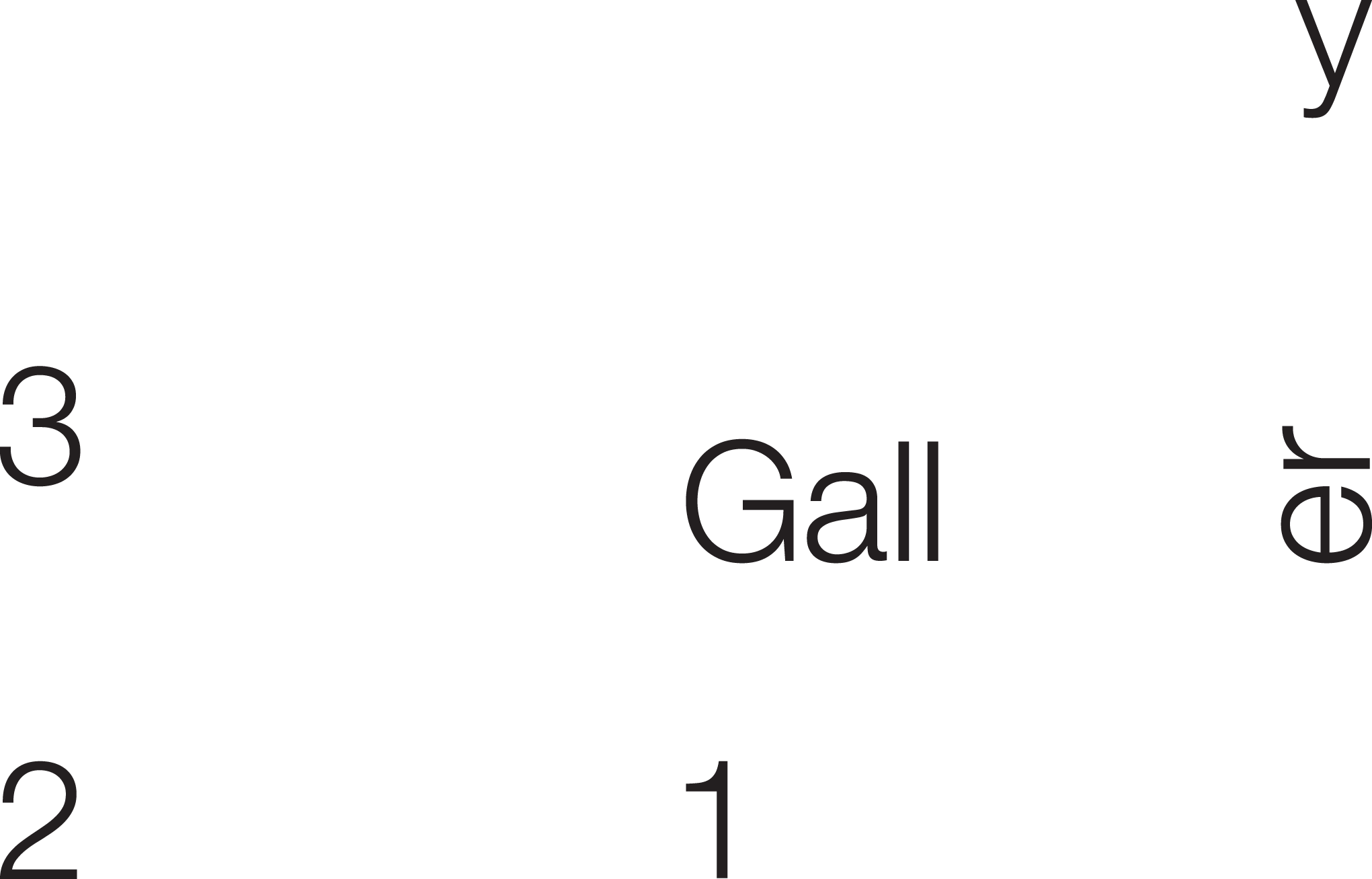
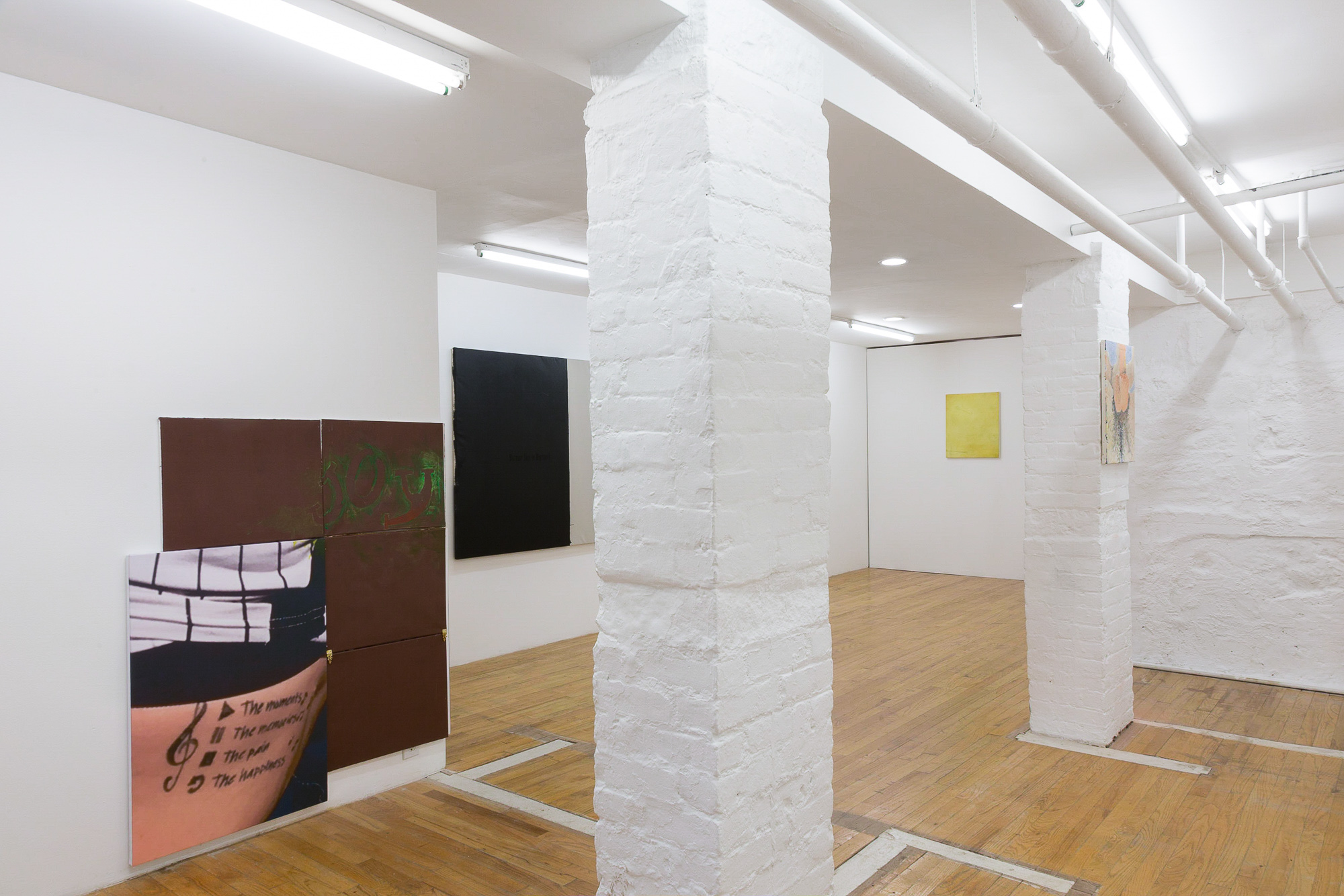
Evie K. Horton and Rory Rosenberg, At the End of the Day (A Necklace is a Circle or the Other Way Around), Exhibition View
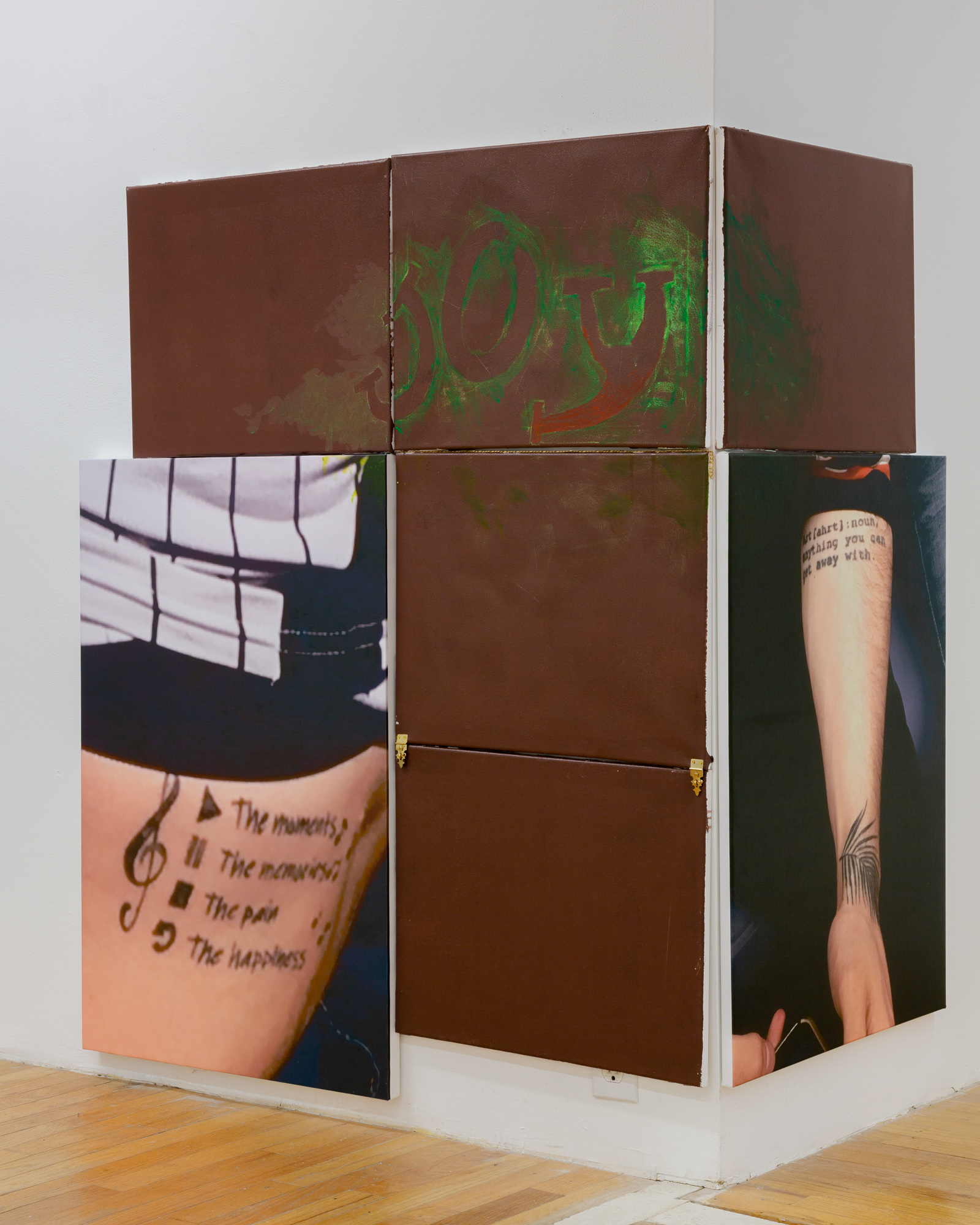
Rory Rosenberg, joy, 2019, Acrylic, chalk, graphite, inkjet prints, hardware and gold necklace on canvas, 51 1/2 x 68 in

Evie K. Horton and Rory Rosenberg, At the End of the Day (A Necklace is a Circle or the Other Way Around), Exhibition View

Evie K. Horton and Rory Rosenberg, At the End of the Day (A Necklace is a Circle or the Other Way Around), Exhibition View
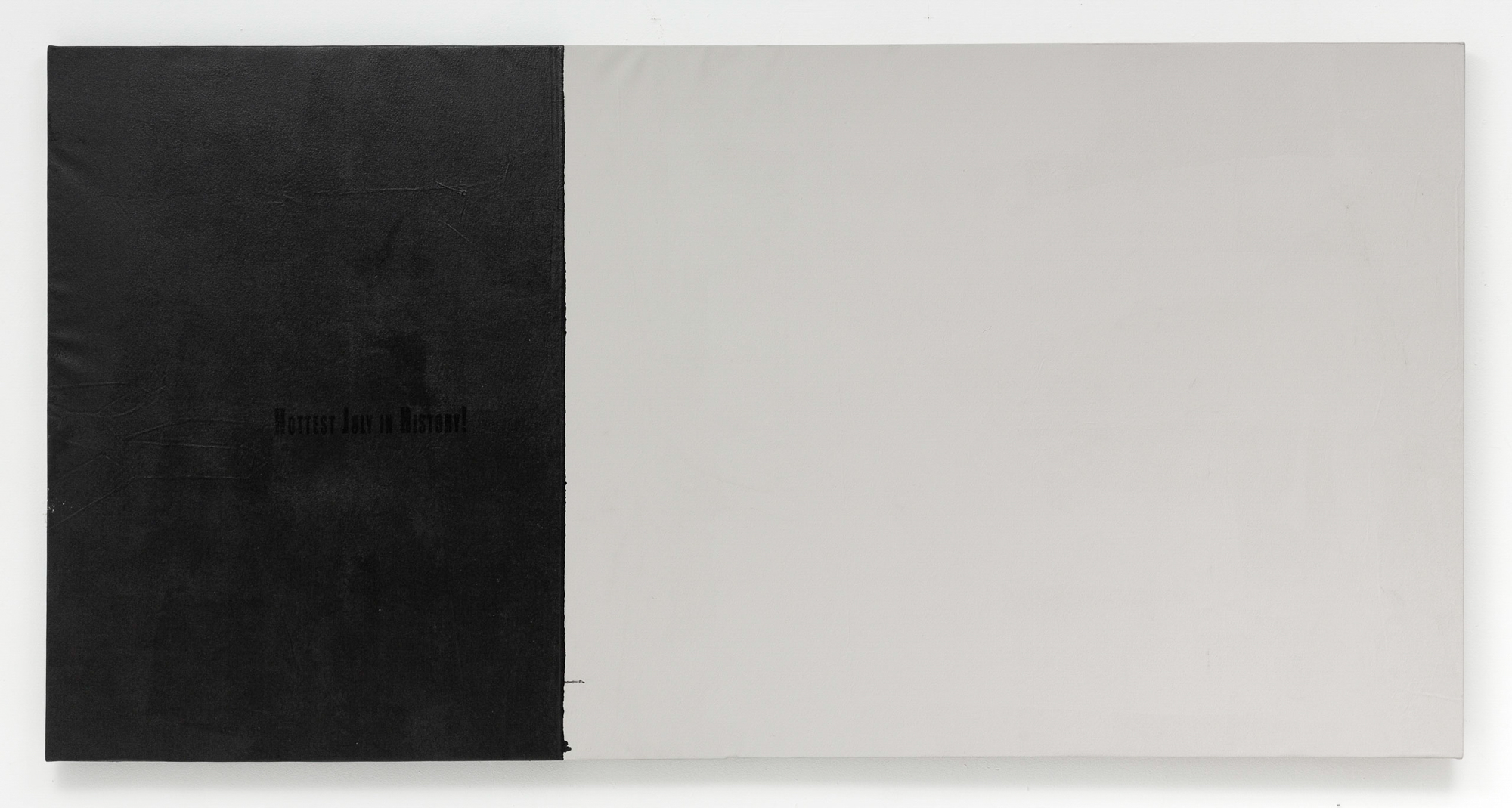
Rory Rosenberg, Hottest July in History Painting, 2019, Acrylic on canvas, 48 x 96 in

Rory Rosenberg, Hottest July in History Painting (detail), 2019
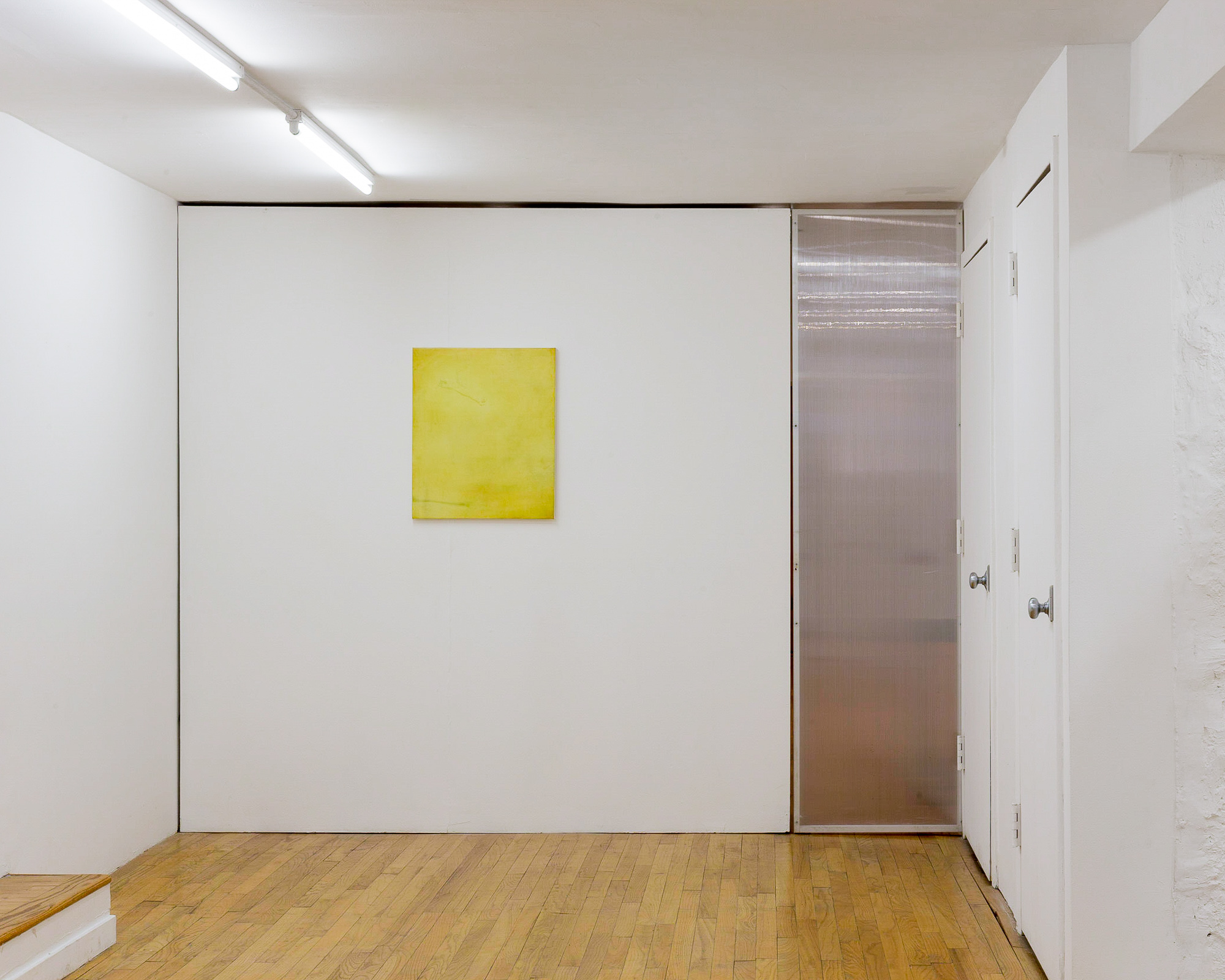
Evie K. Horton and Rory Rosenberg, At the End of the Day (A Necklace is a Circle or the Other Way Around), Exhibition View
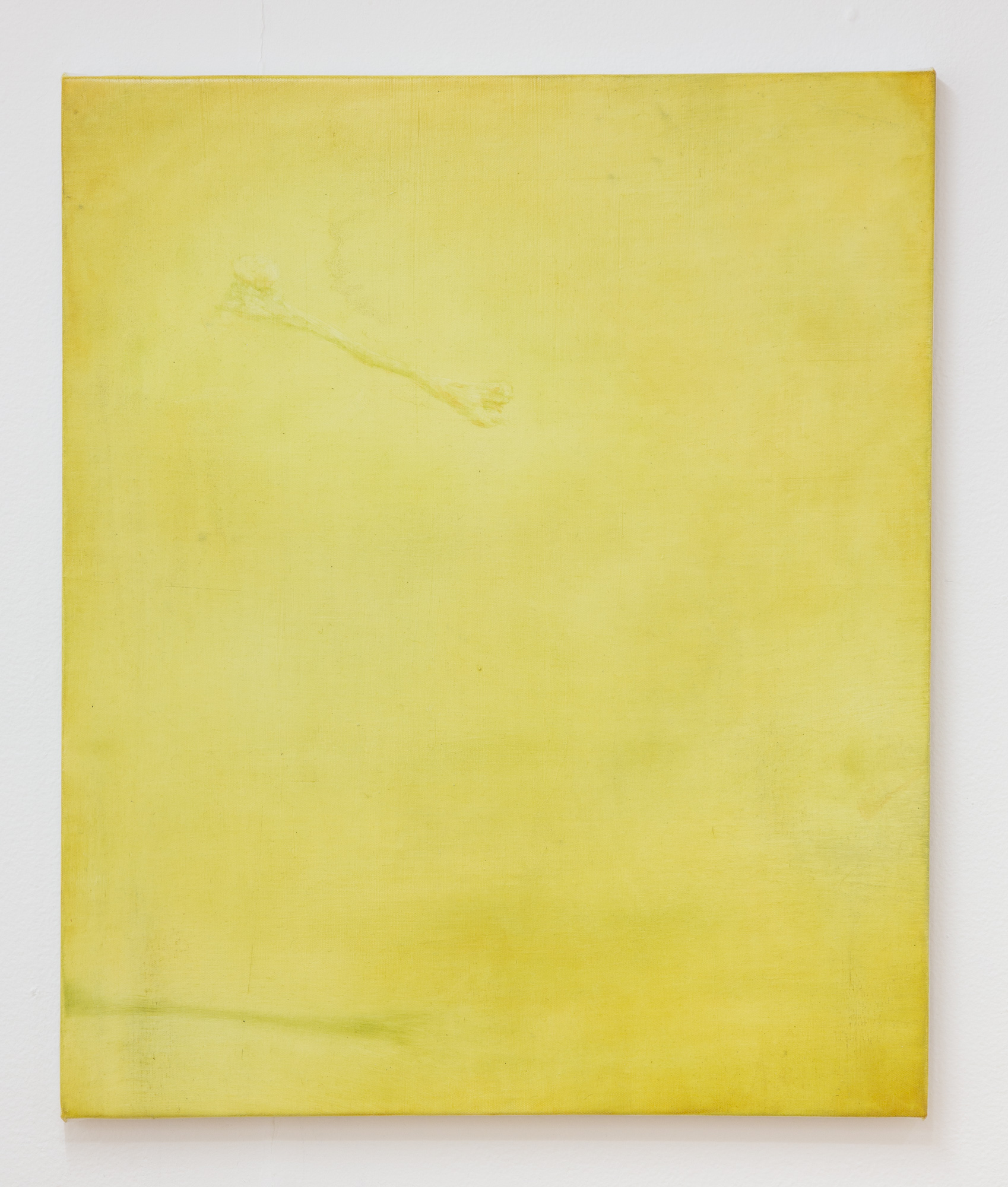
Evie K. Horton, Perennial, 2019, Oil on canvas, 24 x 20 in

Evie K. Horton and Rory Rosenberg, At the End of the Day (A Necklace is a Circle or the Other Way Around), Exhibition View

Evie K. Horton and Rory Rosenberg, At the End of the Day (A Necklace is a Circle or the Other Way Around), Exhibition View

Rory Rosenberg, 10/23 A Day to Remember, 2019, Acrylic and UV print on canvas, 48 x 36 in

Evie K. Horton and Rory Rosenberg, At the End of the Day (A Necklace is a Circle or the Other Way Around), Exhibition View
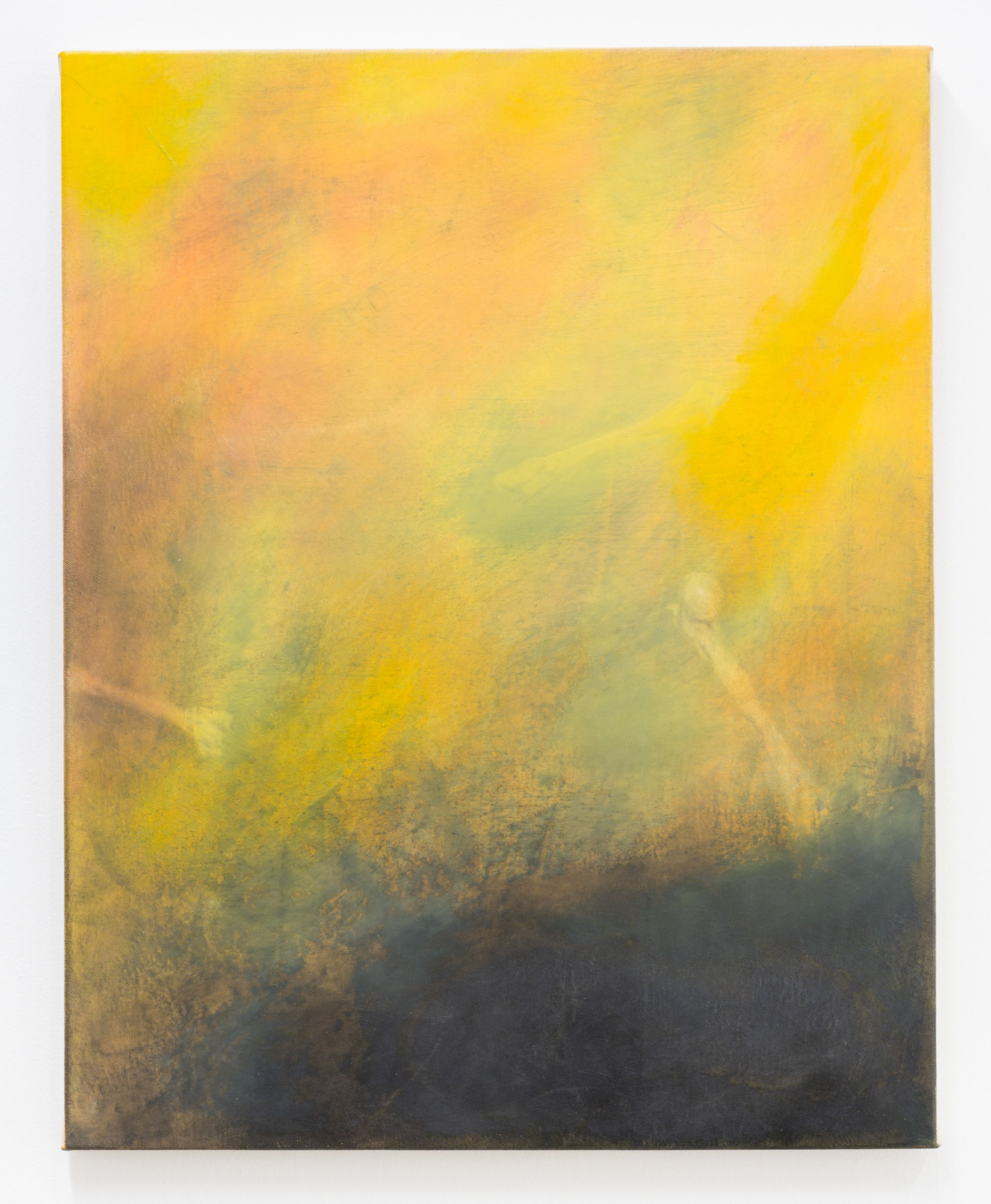
Evie K. Horton, What differentiates time before from time after, 2019, Oil on canvas, 24 x 19 in
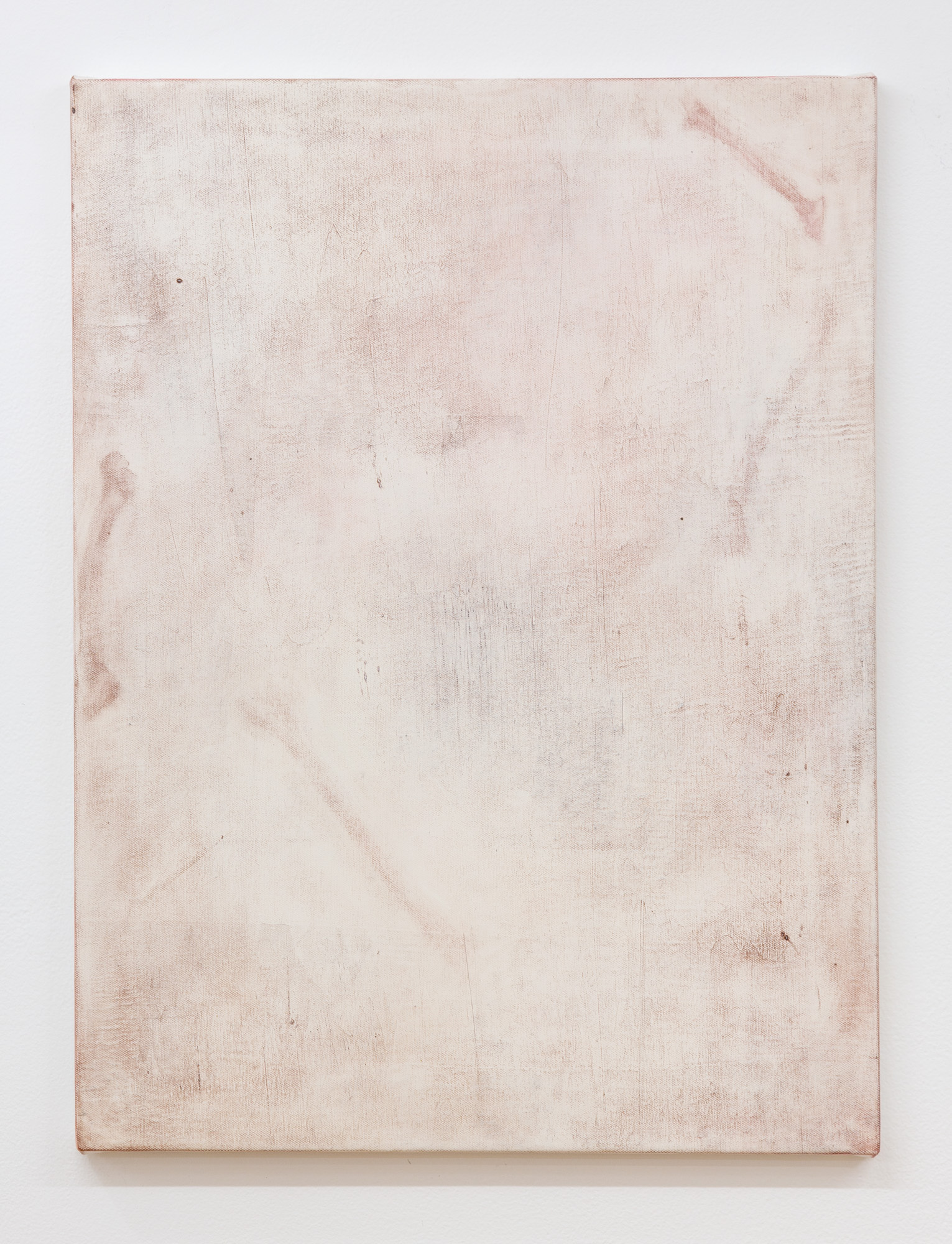
Evie K. Horton, The nameable is a sarcophagus in The Tomb of Dreams and the epitaph reads: Here Lies That Which Cannot Be Unknown, 2019, Oil on canvas, 24 x 18 in
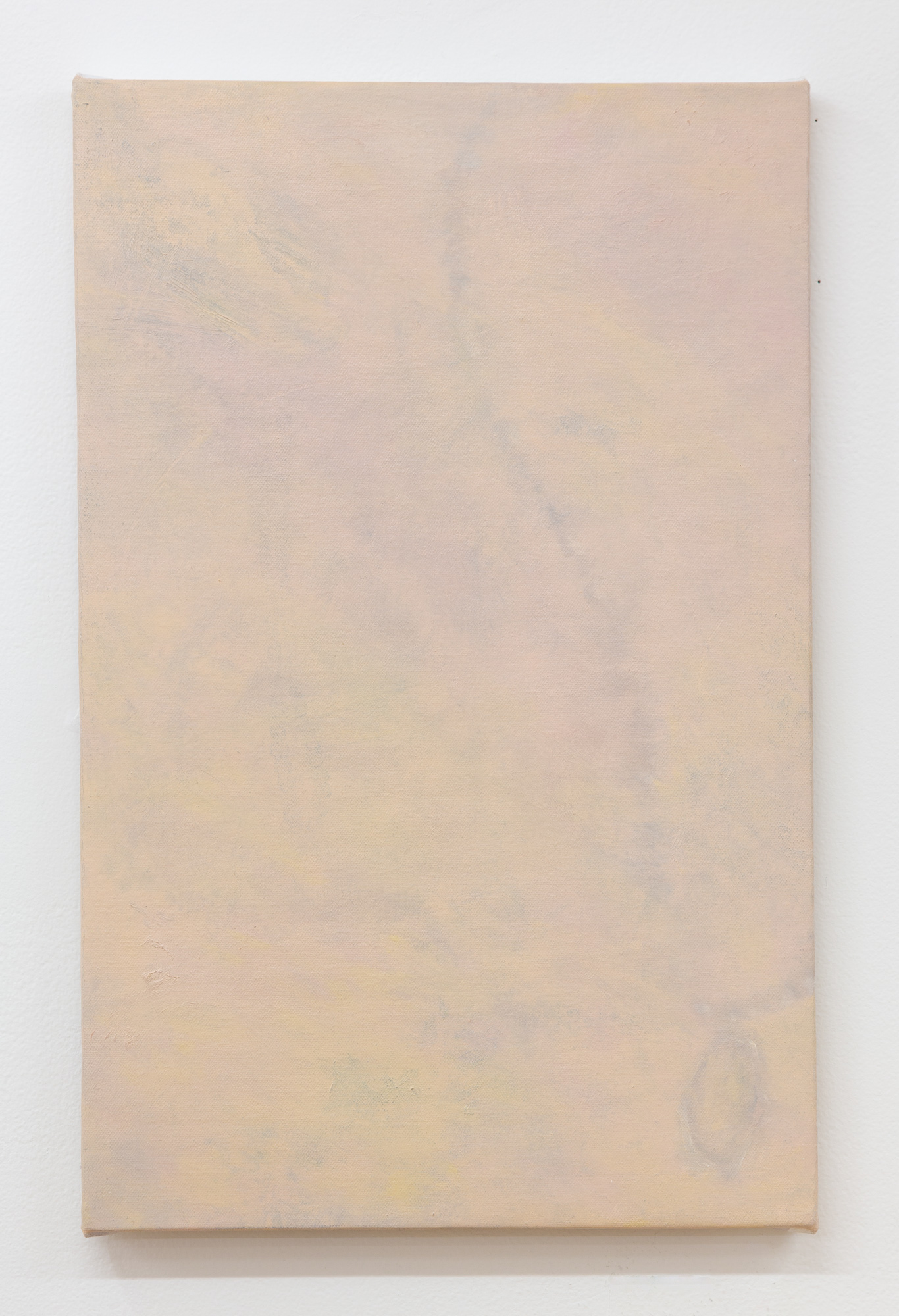
Evie K. Horton, She enters the boudoir and emerges in the raiment of the dream called Everyday, 2019, Oil on canvas, 24 x 13 in

Evie K. Horton and Rory Rosenberg, At the End of the Day (A Necklace is a Circle or the Other Way Around), Exhibition View
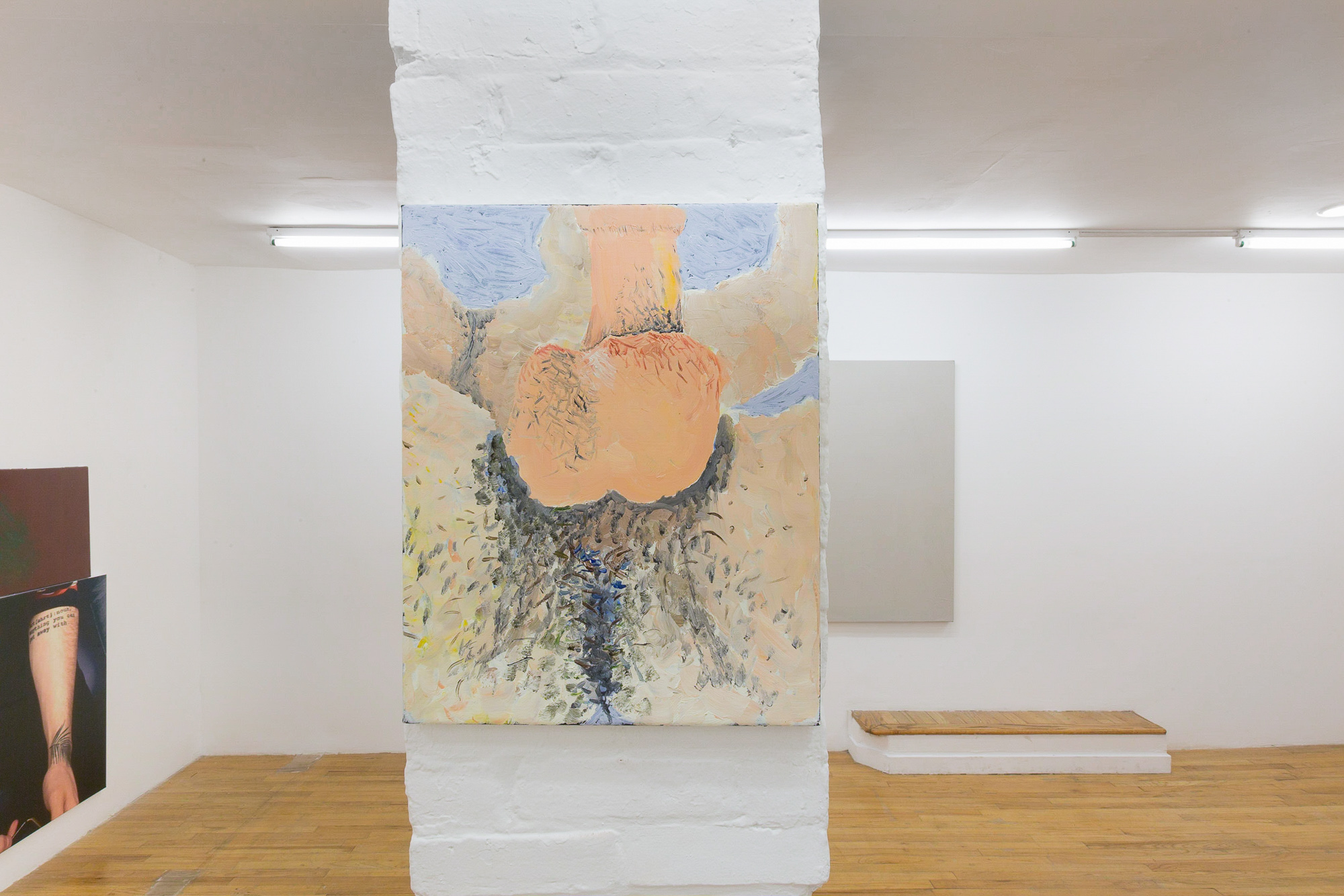
Evie K. Horton and Rory Rosenberg, At the End of the Day (A Necklace is a Circle or the Other Way Around), Exhibition View
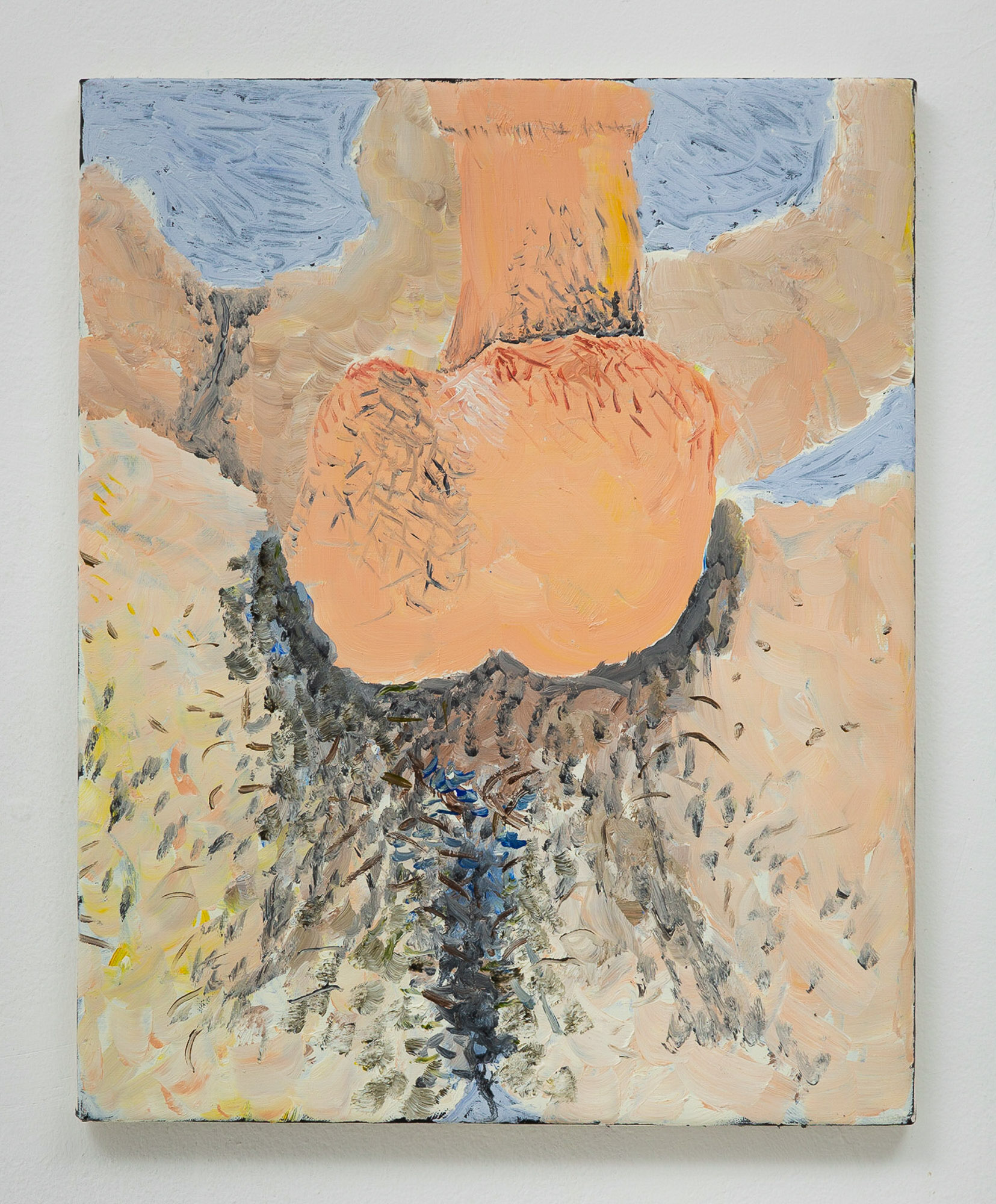
Rory Rosenberg, Tick Check, 2019, Oil on linen, 20 x 16 in